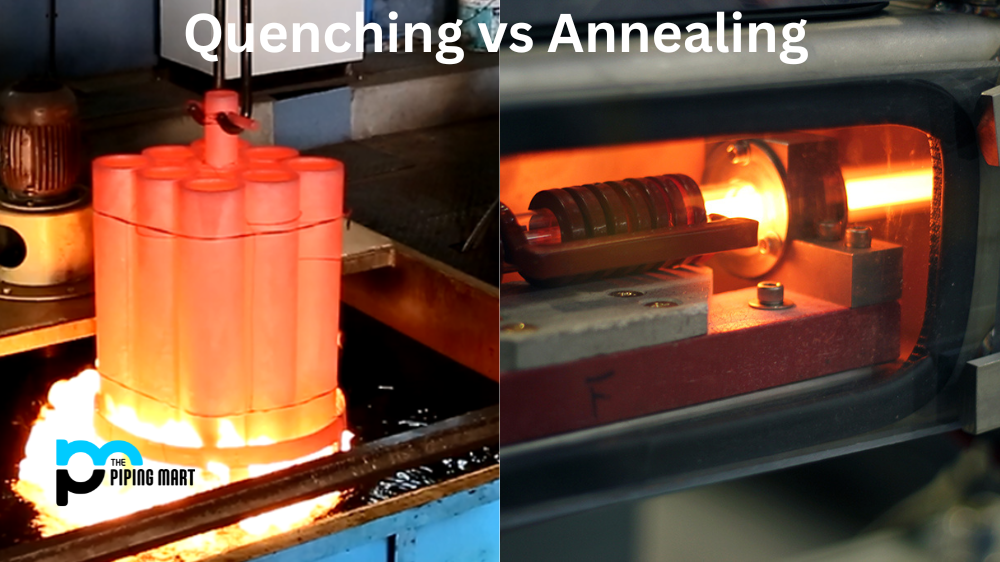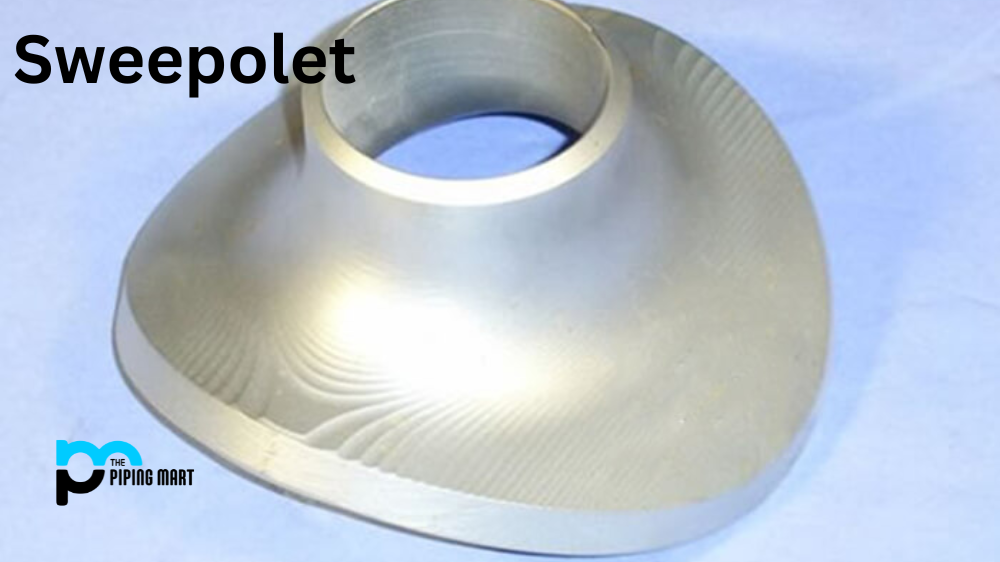In today’s highly competitive manufacturing landscape, precision is paramount. Industries ranging from aerospace and automotive to medical devices demand high-quality precision machined parts with intricate designs and tight tolerances. Manufacturers have turned to the revolutionary Mill-turn technology to meet these exacting standards.
The current surge of multi-tasking CNC machine tools represents a significant development in our industry’s landscape. Advancements in machine tool technology have led to the evolution of modern CNC machines, enabling seamless operation and programming of multi-tasking machines with a consistent look and feel. This innovation has become a game-changing advancement integrating milling and turning operations into a single machining process. Consequently, a single machine can now execute milling, turning, mill-turn, or turn-mill operations, all while using the same setups.
This integration streamlines the machining process, enhances efficiency, and simplifies the workflow. As a result, it contributes to improved productivity and precision in manufacturing high-quality custom precision parts. This article will explore how mill-turn technology has transformed precision part manufacturing, emphasizing its role in achieving exceptional accuracy and improved production efficiency.
The Working Principle of Mill-Turn Machines
The working principle of Mill-turn machines revolves around the integration of milling and turning operations within a single machine setup without the need for repositioning. At the core of Mill-turn technology are CNC machines equipped with multiple tooling stations and rotary axes. The computer-controlled system coordinates the movements of cutting tools and workpieces, ensuring precise execution of the desired operations.
The primary stage of the machining process involves turning, where a rotating workpiece undergoes material removal using diverse cutting tools. The primary objective during turning is to shape the workpiece into cylindrical components, achieving precision and desired dimensions. Following the turning process, the workpiece transitions to the milling stage, where a rotational cutting tool removes additional material. This phase focuses on creating flat and irregular surfaces, adding intricate features and contours to the workpiece as required. The milling stage is crucial for achieving the precision component’s final design and surface finish.
Role of the Mill-Turn Technology in Ensuring High-Quality Machining
This coordination in the mill-turn machines allows for simultaneous or sequential machining, resulting in enhanced efficiency, improved accuracy, and reduced setup times.
Unifying Milling and Turning
The traditional approach to manufacturing precision parts involved separate milling and turning operations, necessitating multiple machine setups and added human intervention. This often resulted in higher production costs, longer lead times, and an increased risk of dimensional inaccuracies. However, mill-turn technology has broken down these barriers by offering a comprehensive solution under one setup.
Mill-turn machines have multiple tooling stations and rotary axes, enabling seamless transitions between milling and turning operations without repositioning the workpiece. Mill-turning technology offers immense possibilities in the production of precise parts. A turning operation becomes highly efficient when a milled part exhibits rotational symmetry in its outer or inner contour. As a result, milling and turning operations are intricately connected.
The synergy between these processes ensures intuitive operation and guarantees high-quality output toolpaths. This further enhances the precision and accuracy of the manufactured components. Moreover, eliminating intermediate handling helps the technology reduces operator errors and maximizes efficiency—all vital aspects in achieving high-quality precision machining.
Achieving Complex Geometries
The ability to produce intricate geometries is a hallmark of mill-turn technology. Manufacturers can craft complex advanced precision parts with unparalleled precision, regardless of their design intricacy. The simultaneous multi-axis machining capability allows for concurrent milling and turning operations on different parts of the same workpiece. This ensures comprehensive coverage and reduced machining time.
Integrating milling and turning capabilities empowers manufacturers to achieve challenging features such as helical grooves, intricate flutes, contoured surfaces, and precise threads. This capability has opened doors to novel product designs and facilitated innovation in industries that rely on complex precision machining parts.
Enhanced Precision and Consistency
Precision is one of the most significant advantages mill-turn centres offer to manufacturers. With all machining processes performed within a single setup, dimensional accuracy is significantly improved compared to the traditional approach. The technology eliminates intermediate part handling by operators. As a result, it reduces the cumulative errors that might occur during the transfer between different machines.
Moreover, the inherent rigidity of mill-turn machines minimizes vibrations, resulting in smoother surface finishes and reduced tool wear. This reduction in tool wear further contributes to maintaining consistency in the quality of custom precision parts over extended production runs.
Streamlined Production Workflow
Mill-turn technology has brought unprecedented efficiency to the production workflow. The seamless integration of milling and turning operations reduces workpiece handling, thereby mitigating the risk of errors and saving valuable production time. Manufacturers can optimize production schedules, reduce lead times, and enhance productivity.
Additionally, using advanced CAM software tailored for mill-turn machines facilitates efficient toolpath generation, simulation, and optimization. By simulating the entire machining process, manufacturers can identify and rectify potential issues upfront, ensuring flawless execution and high-quality results.
Cost-Effectiveness and Resource Optimization
While mill-turn machines initially require a considerable investment, it offers long-term cost-effectiveness. Its ability to combine operations and eliminate redundant setups reduces labour costs and material waste, ultimately leading to cost savings for manufacturers. Furthermore, the ability to produce precision parts fast allows businesses to respond quickly to market demands and customer orders. This translates into competitive advantages and enhanced customer satisfaction, further driving growth and profitability.
Conclusion
Precision part machining has been transformed using mill-turn technology, enabling businesses to produce high-quality, precise parts with unmatched accuracy and efficiency. The production of complex shapes while maintaining precise tolerances is made possible by the seamless integration of milling and turning operations. It is, therefore, a crucial tool in today’s highly competitive manufacturing environment.
Adopting mill-turn technology helps businesses maintain competitiveness due to the rising demand for custom precision parts. It allows manufacturers to improve their capabilities, explore unique design options, and promote innovations in precision manufacturing.

Meet Bhavesh, a seasoned blogger with a wealth of knowledge and experience. From metal products manufacturing to retail, Bhavesh has a diverse background in various industries and is dedicated to sharing his insights and expertise with readers.




